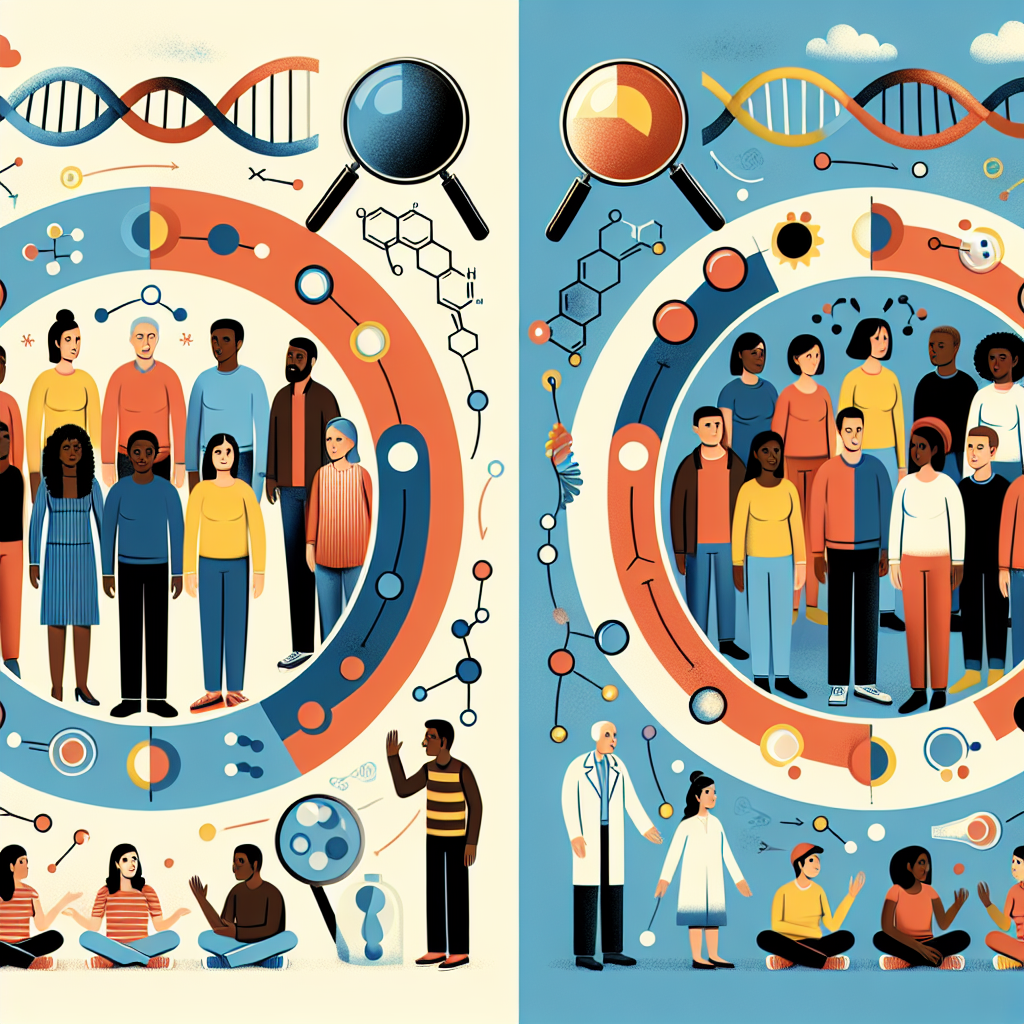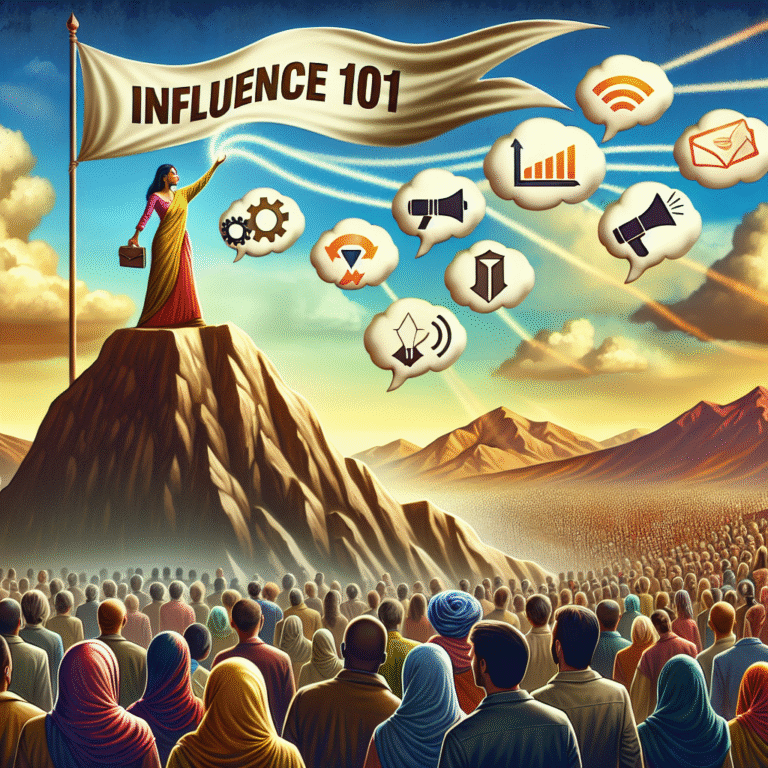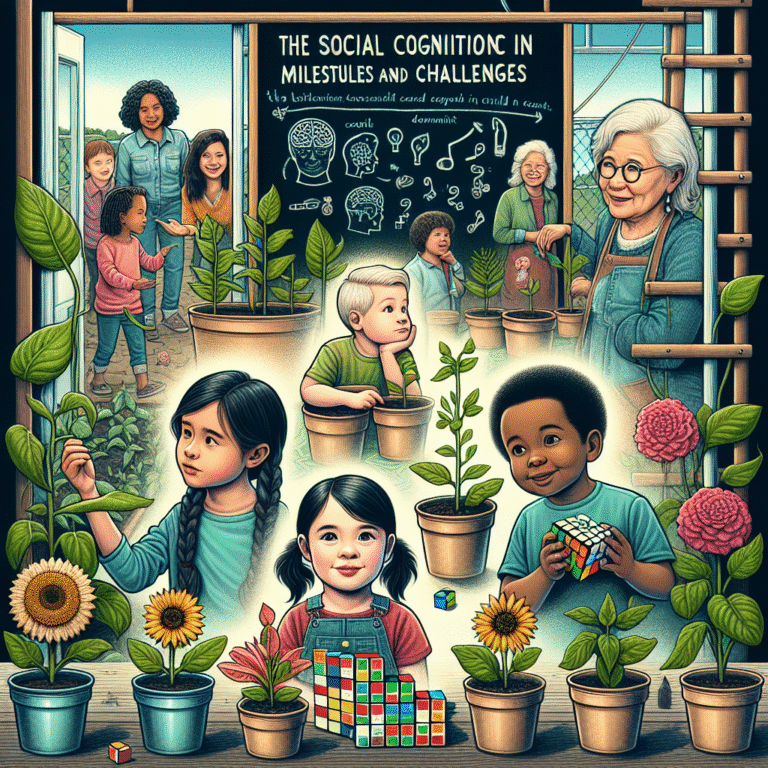
Introduction
Imagine walking into a room filled with strangers. Your heart races as you scan the faces—some look inviting, others distant. This moment captures the essence of belonging—a critical experience that profoundly impacts our lives. Whether in workplaces, social settings, or communities, the feelings of being part of a group (in-group) or feeling excluded (out-group) shape our interactions and emotional well-being. In this article, we delve deep into "The Science of Belonging: How In-Group and Out-Group Behaviors Shape Our Interactions," exploring the psychological mechanisms at play, real-world implications, and mechanisms to foster a sense of belonging.
The Fundamental Need for Belonging
Psychological research consistently emphasizes that belongingness is a fundamental human need. Theories from renowned psychologists like Abraham Maslow illustrate this need as one of the core components of human motivation. Belonging influences our emotional health, creativity, productivity, and even our physical health.
According to a study published in the Journal of Personality and Social Psychology, individuals who feel a sense of belonging exhibit higher levels of happiness and lower levels of anxiety. This research underscores that the importance of belonging goes beyond mere social interaction—it’s vital for our mental and emotional wellness.
In-Group vs. Out-Group Dynamics
The distinction between in-groups and out-groups is central to "The Science of Belonging: How In-Group and Out-Group Behaviors Shape Our Interactions." This concept suggests that individuals naturally categorize themselves and others into groups based on shared characteristics—be it race, gender, interests, or ideology.
The Psychological Mechanisms
Social Identity Theory: Developed by Henri Tajfel, this theory argues that we derive part of our self-esteem from our group memberships. When we identify with an in-group, we enhance our self-image, leading to a preference for in-group members and often a bias against out-group members.
In-Group Favoritism: When groups compete for resources, individuals tend to exhibit favoritism towards their groups. This behavior can lead to discriminatory practices that are harmful to out-group members, highlighting the complexities in "The Science of Belonging: How In-Group and Out-Group Behaviors Shape Our Interactions."
- Cognitive Dissonance: When an individual’s beliefs conflict with their actions towards out-group members, it creates psychological discomfort. To alleviate this discomfort, people may either change their beliefs or justify their actions, affecting group dynamics.
Case Study: Workplace Culture
A prime example of in-group and out-group behaviors can be observed in workplace settings. A study conducted by the Harvard Business Review revealed that teams characterized by high inclusiveness foster innovation and performance. Teams where members felt a sense of belonging tended to outperform those that did not. This illustrates how in-group dynamics can lead to greater collaboration and reduced conflict.
| In-Group Characteristics | Out-Group Characteristics |
|---|---|
| Collaboration | Competition |
| Trust | Distrust |
| Innovation | Resistance |
| Empowerment | Disempowerment |
Cultural Influences on Belonging
Culture plays a vital role in shaping our perceptions of in-groups and out-groups. Different cultures embed specific values regarding community, individuality, and social structure.
Individualistic vs. Collectivistic Cultures
In individualistic cultures (e.g., the U.S.), group affiliations may be less emphasized, allowing for a more fluid definition of in-groups and out-groups. People might prioritize personal achievements over group identity.
- In collectivistic cultures (e.g., Japan), in-groups are paramount. Here, loyalty to the group can affect interactions, decision-making, and even conflict resolution processes.
Case Study: The Olympic Games
During the Olympics, national pride often brings out strong in-group behaviors. Athletes may embody their country’s values and identity, showcasing both the positive aspects of belonging and the potential for out-group discrimination. Nationalistic pride can escalate to hostility towards out-groups, reminding us of the dual-edged sword of belonging.
The Digital Age and Social Media
With the proliferation of technology and social media, belonging has taken on new forms. Online communities allow individuals to find their in-group without geographical limitations, yet they can also exacerbate out-group biases.
The Echo Chamber Effect
Social media platforms can create echo chambers where users only interact with those who share similar beliefs, leading to polarization. This phenomenon highlights how "The Science of Belonging: How In-Group and Out-Group Behaviors Shape Our Interactions" plays out in the digital realm—reinforcing beliefs and diminishing respect for out-group perspectives.
Case Study: Political Polarization
Research published in Science Advances demonstrates that social media interactions significantly contribute to political polarization. Users who engage primarily with like-minded individuals develop a stronger in-group identity, often resulting in diminished tolerance towards opposing views. The consequences of these behaviors can lead to societal conflict and division.
Strategies to Enhance Belonging
Recognizing the importance of belonging and the implications of in-group and out-group behaviors, organizations and individuals can implement strategies to foster an inclusive environment.
1. Active Listening and Empathy
Encouraging open communication where individuals feel heard can bridge gaps between in-group and out-group dynamics. Active listening promotes understanding and respect for diverse perspectives.
2. Team Building Activities
Engaging in collaborative activities that emphasize teamwork rather than competition can reinforce in-group identity while being inclusive of out-group members.
3. Training and Educational Programs
Workshops focused on diversity, equity, and inclusion can help individuals recognize their biases and learn how to cultivate a more inclusive environment.
4. Celebrating Differences
Creating events that celebrate cultural diversity can enhance belonging for individuals from various backgrounds. When in-group dynamics emphasize inclusion, it promotes unity and reduces negative out-group behaviors.
5. Collaborative Projects
Cross-functional teams can bring together diverse skills and perspectives, encouraging individuals to work towards common goals rather than highlighting differences.
Conclusion
"The Science of Belonging: How In-Group and Out-Group Behaviors Shape Our Interactions" underscores a fundamental aspect of humanity—our desire to belong. The psychology behind these social dynamics significantly affects how we interact, communicate, and ultimately feel within our social and professional spheres. By understanding and harnessing these behaviors, we can cultivate inclusive environments that promote unity while respecting diversity.
Actionable Insights
- Reflect on your biases and consider how they might influence your perceptions of others.
- Engage with individuals outside your typical circles to broaden your understanding of diverse experiences.
- Advocate for inclusivity in your workplace or community to foster an environment where everyone feels a sense of belonging.
FAQs
1. What is in-group favoritism?
In-group favoritism is the tendency to prefer and prioritize individuals from one’s own group over those in out-groups, affecting social interactions and decisions.
2. How does belonging impact mental health?
A strong sense of belonging can boost self-esteem, reduce anxiety, and foster emotional well-being, while exclusion can contribute to feelings of loneliness and depression.
3. Can out-group behaviors be changed?
Yes, awareness and structured interventions can help individuals recognize and change out-group biases, promoting inclusive practices.
4. How can organizations foster belonging?
Organizations can implement diversity training, team-building exercises, and inclusive policies to enhance belonging among employees.
5. Why is understanding belonging important?
Understanding belonging is essential for nurturing healthy relationships, improving workplace cultures, and creating cohesive communities, mitigating conflict and enhancing cooperation.
In a world that thrives on connection, the science behind belonging is not just an academic curiosity; it’s a profound determinant of our collective future. By breaking down barriers between in-groups and out-groups, we can foster a more inclusive and harmonious society.










